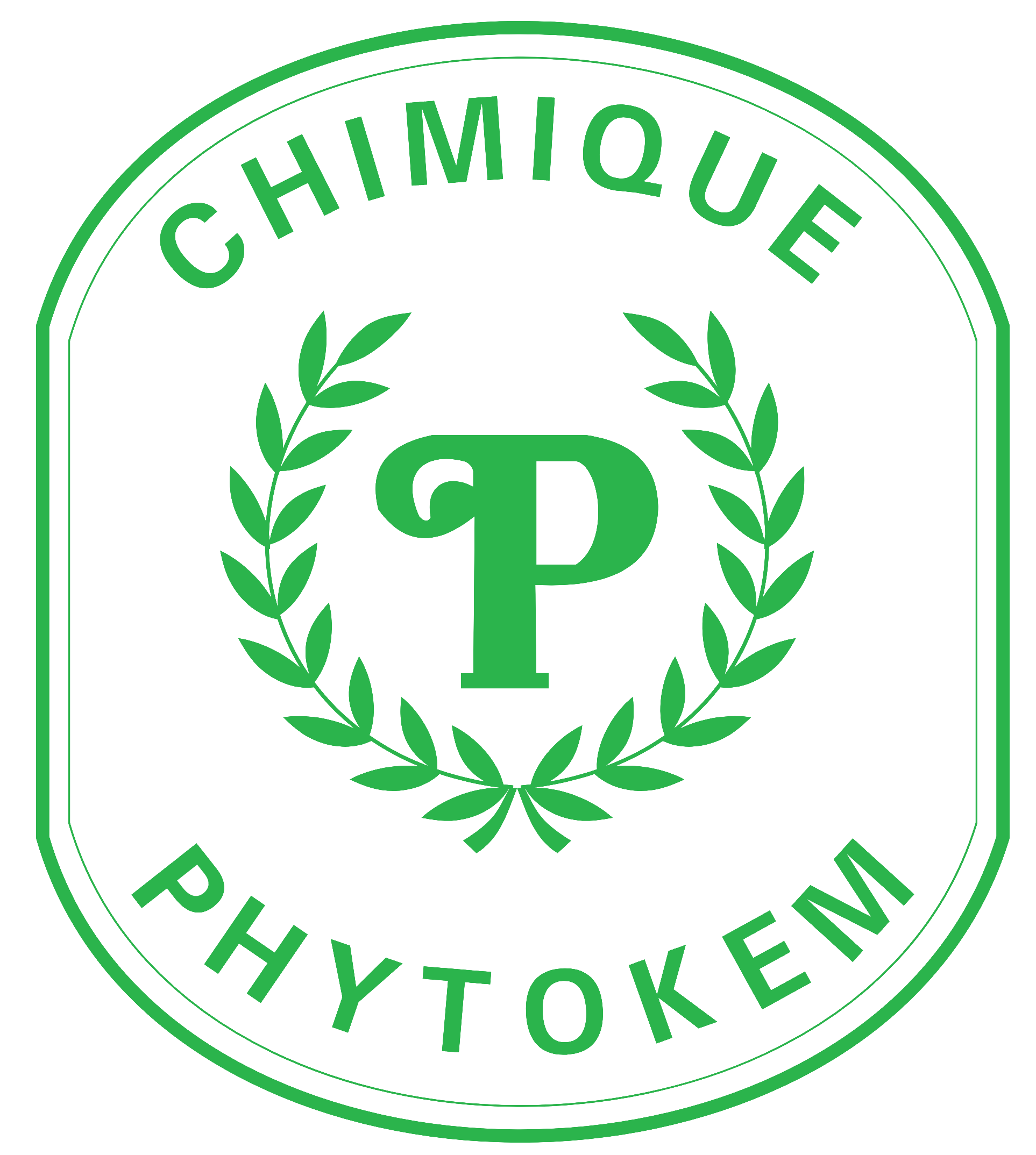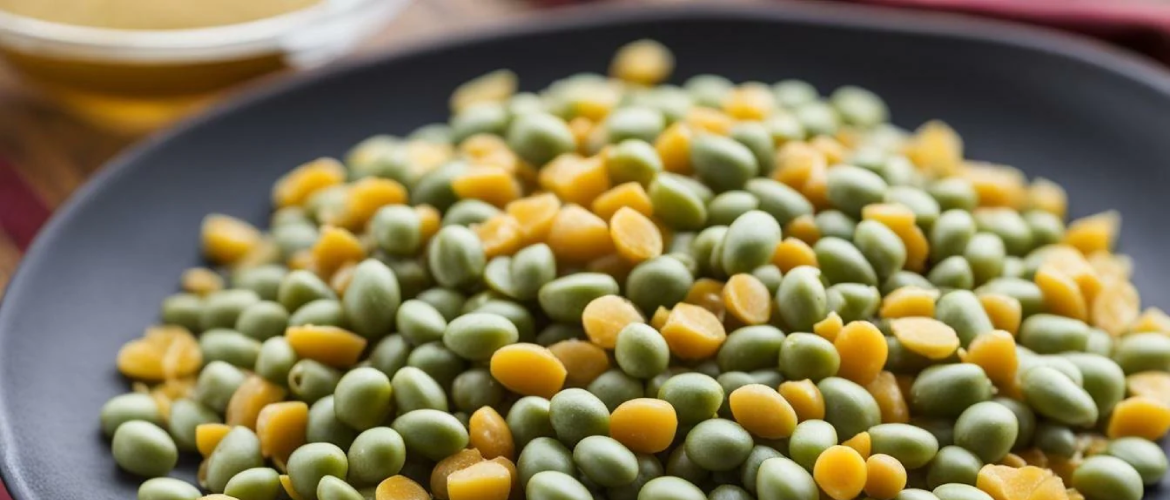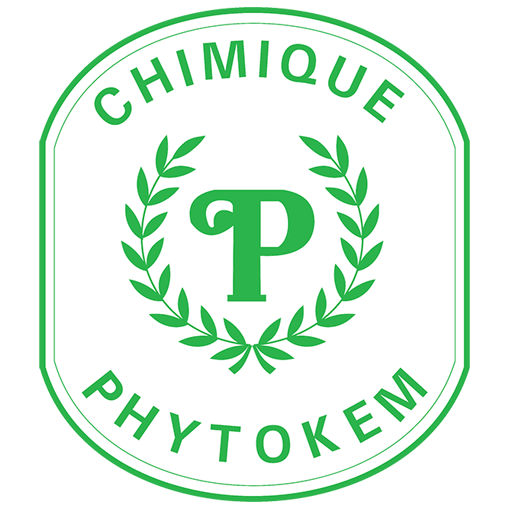Locust bean gum (LBG) is a natural hydrocolloid widely used in the food industry for its thickening, emulsifying, and stabilizing properties. However, the supply and price of LBG can fluctuate, making it challenging for manufacturers to maintain consistent product quality and cost. Modified guar gum (MGG) has emerged as a promising substitute for LBG, offering comparable performance and benefits.
Properties of Modified Guar Gum
MGG is derived from guar gum, a natural polysaccharide extracted from the guar plant. Through chemical or physical modifications, MGG acquires unique characteristics that make it suitable for various applications. Some key properties of MGG include:
- Thickening and suspending power: MGG can effectively thicken and suspend ingredients in food products, providing a smooth texture and preventing sedimentation.
- Emulsifying properties: MGG can stabilize emulsions, helping to maintain the uniform distribution of oil and water phases in products like mayonnaise and salad dressings.
- Gel-forming ability: Under specific conditions, MGG can form gels with desirable properties, such as firmness and elasticity.
- Heat stability: MGG is generally heat-stable, allowing it to be used in processes involving high temperatures.
Applications of Modified Guar Gum
Modified Guar Gum (MGG) has a diverse range of applications across various food products. In the bakery sector, it serves as an excellent substitute for Locust bean substitute, enhancing the texture, shelf life, and moisture retention of items such as bread, cakes, and pastries. In dairy products, MGG acts as a stabilizer, contributing to the smooth consistency of ice cream, yogurt, and other dairy-based offerings. Additionally, it plays a crucial role in sauces and dressings, where it thickens and emulsifies these products to create a creamy texture. In the confectionery industry, MGG is utilized to improve the texture and mouthfeel of candies, gummies, and jellies, making it a versatile ingredient in food formulation.
Comparison of MGG and LBG
- Viscosity (1%): MGG: 2000-3000 CPS; LBG: 3000 CPS
- Gel Formation with Kappa Carrageenan: Both gums perform similarly.
- Synergistic Action with Xanthan Gum: Both gums exhibit this property.
While both MGG and LBG serve as effective thickening agents, MGG is often preferred due to its flexibility across a wider temperature range and enhanced performance when combined with xanthan gum. This makes MGG a superior choice for many formulations, providing reliable and stable results.
Advantages of Using Modified Guar Gum
- Cost-effectiveness
- Consistent supply
- Versatility
- Sustainability
Modified guar gum is a versatile and effective substitute for locust bean gum in the food industry. Its thickening, emulsifying, and gel-forming properties make it suitable for a wide range of applications. By leveraging the benefits of MGG, manufacturers can ensure consistent product quality, reduce costs, and meet the evolving demands of consumers.


